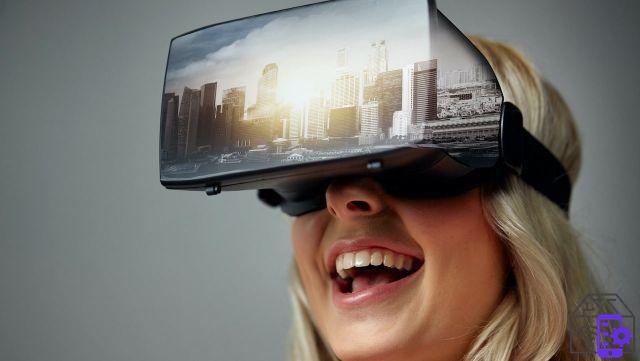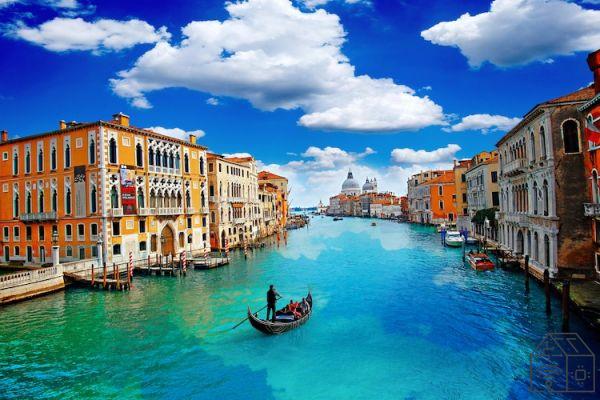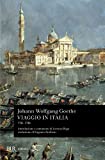
How has tourism changed?
Or: not how the places you visit have changed, but how has the way of organizing travel and sightseeing changed? Is it possible to trace a history of tourism? Isn't traveling always packing a suitcase, deciding on a destination and reaching it?
But first, do we all agree on the definition of tourism? Let's start, as always, from there. Before discovering how tourism has changed, let's try to define it.
What is tourism
According to the Treccani vocabulary, tourism is “the set of activities and services of a multipurpose nature that refer to the temporary transfer of people from the place of habitual residence to another place for purposes of leisure, distraction, culture, care, sport”.
Then a tourism is not only about organizing trips but also accommodation. In short, the way in which we organize ourselves to welcome tourists.
But how has tourism changed over time? On the contrary: can we establish when it started?

When did tourism start?
It is certainly not easy to identify the period in which man began to move for recreational reasons and not for necessity.
However, it is customary to identify the beginning of movements for cultural purposes between the second and third centuries BC, when the East and especially Greece began to become a destination for writers and artists..
In ancient Roman times, on the other hand, tourism linked to holidays originated. And, very importantly, the concept of hospitality is codified.
Then there is tourism for religious reasons, which intensifies starting from the fifth century AD, especially towards Jerusalem.
The first major movement of the faithful, in a certain sense for religious tourism, coincides with the Jubilee held in Rome in 1300.
How tourism has changed: before modernity
We will see that real tourism as we understand it today will develop in the modern era.
Before then, the most massive movements had three main destinations, precisely for devotional reasons: in addition to Rome, Jerusalem and Santiago de Compostela. To reach these last two locations, through the Via Francigena and the Camino de Santiago respectively, a series of sanctuaries, hospitals and convents are set up to welcome pilgrims and wayfarers. Thus begins to develop the concept of receptivity.
It Grand Tour
A fundamental junction to understand how tourism has changed, and which actually inaugurates it in its modern guise, is the Grand Tour.
It was about trips, by the youth of the wealthy aristocracy (and then the bourgeoisie), to Europe, with Italy as the final destination. Already in vogue in the seventeenth century, the Grand Tour lasted until the nineteenth century.
How tourism has changed: the first agencies
And if mass tourism begins with the Grand Tour, it goes without saying that the organizational machinery of tourism should have grown and become institutionalized.
Here indeed is that Thomas Cook & Son was founded in England in 1841, the first travel agency. And in that span of years bath tourism (based in Brighton) and spa tourism (based in Bath) developed.
The twentieth century
The real boom in tourism occurs only in the twentieth century, with the development of modern transport.
Tourist bodies are born and accommodation facilities multiply and diversify, as do travel agencies. Tourist travel is less and less adventurous, less and less left to the initiatives of the traveler and increasingly packaged in a "package". As comfort increases, the thrill of the unexpected diminishes.

Tourism in the age of the Internet
The way of organizing and thinking about travel has undergone a great change in recent years. Not only because the Internet allows you to organize itineraries and book everything from your desk. But also because the low cost airlines and last minute offers allow you to organize even short trips to exotic destinations without spending a fortune, and with minimal notice.
It is the satisfaction of a contemporary need, the consequence above all of a transformation in the world of work. More and more jobs are carried out remotely, and therefore allow short trips for leisure, without completely renouncing to carry on relationships or professional projects.
Furthermore the temporal sequence of lives has changed: today it is easier to fill the seasons with small hit and run trips than to plan the classic (indeed, almost démodé) two weeks of summer holidays.
Discount Journey to Italy (1786-1788)
Journey to Italy (1786-1788)
- Goethe, Johann Wolfgang (Author)
Real, virtual and… spatial
With the Coronavirus pandemic, and more specifically with the lockdown of spring 2020, we have in a sense made a virtue of necessity.
Many museums and places of culture have opened for virtual tours. And even now that last spring's alarm is fortunately far away, fictitious travel remains a valid and exploited alternative to physical travel for leisure or culture.
Then there is virtual reality, a curious hybrid, for which life is simulated in places other than the real one. And since it is still a matter of traveling for pleasure, we are facing a new form of tourism. If these are the premises, who knows what will happen in the metaverse.
For those who are bored with traditional tourism, but turn up their noses in front of the virtual one, no problem. In recent months, technology has also been thinking about that, with the newborn space tourism. Getting there somewhere in the cosmos, in front of a spritz.


























